Colossal Cave
Legend says train robbers stashed their gold within the depths of this unusual cave.
Just outside of Vail, Arizona, is what is believed to be the largest known dry cave in the United States. Its human history is just as fascinating as its geology.
The mummified bodies of two members of the Hohokam Nation were discovered in Colossal Cave. Local folklore and historic sources also indicate it has been used at least once as a hideout by train robbers, who allegedly stashed gold within its depths.
It would’ve made a great hideout spot, too, as Colossal Cave extends approximately 600 feet into the mountain. It’s considered a dry or dead cave because the water source is no longer active, and as a result, the cave’s geological features are no longer growing.
The geological formations within the cave are quite impressive, though some have been damaged by relic seekers in the past. It’s is also quite comfortable, as the interior temperature remains at a nearly uniform 71 degrees Fahrenheit throughout the year. The fact that Colossal Cave is “fixed in time” and no longer living makes it quite a unique place to visit and tour.
Though previously known to Native Americans, Colossal Cave didn’t gain attention from the colonial settlers until a man named Solomon Lick stumbled upon it in 1879. Prior to 1912, the cave was known by several names, including Five Mile Cave, Arizona Catacombs, and Mountain Springs Cave.
During the Depression Era, the Civilian Conservation Corps made improvements to the cave so that it was easier to provide tours. The cave has also been used as the backdrop for a number of low budget films.
Today, the cave is part of the 2,400-acre Colossal Cave Mountain Park, which includes guided cave tours, hiking trails, a campground, a gift shop, a working ranch, and other activities and amenities. The cave is listed on the National Register of Historic Places.
Know Before You Go
Tour tickets can be purchased online ahead of time. Several tour options are available. The road leading to the site is paved, but can be rather rough in places.







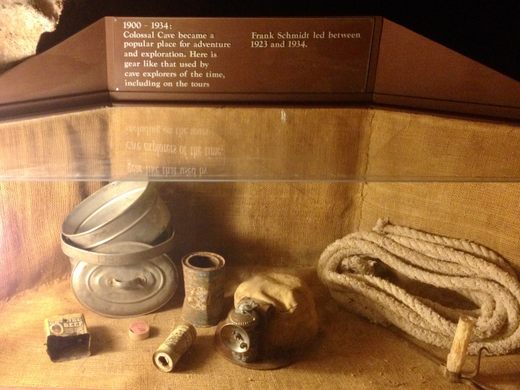



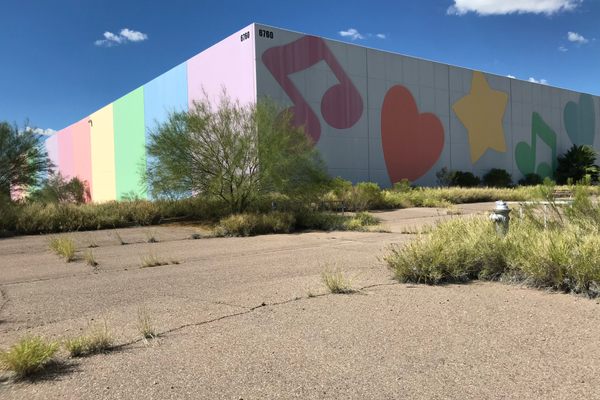
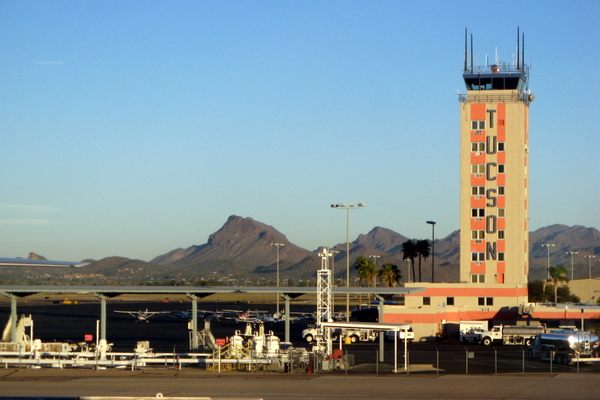
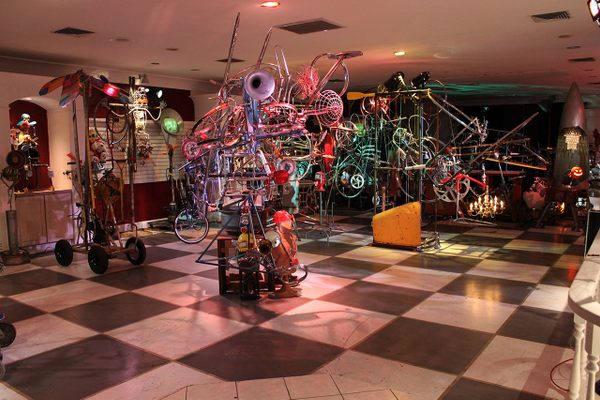

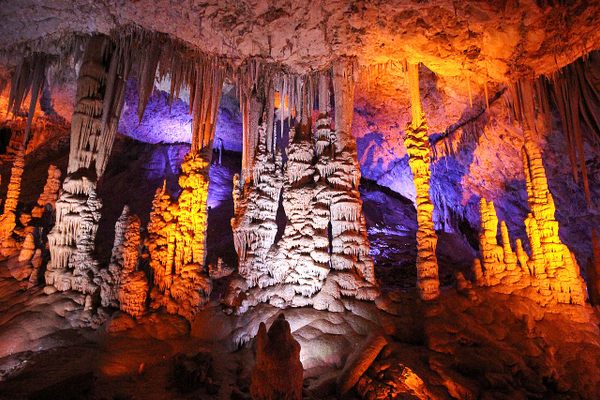

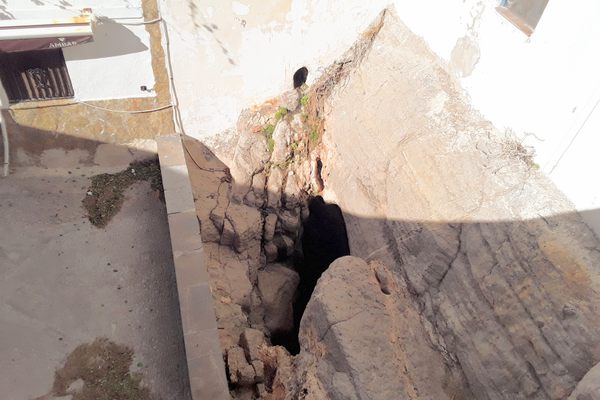


Follow us on Twitter to get the latest on the world's hidden wonders.
Like us on Facebook to get the latest on the world's hidden wonders.
Follow us on Twitter Like us on Facebook